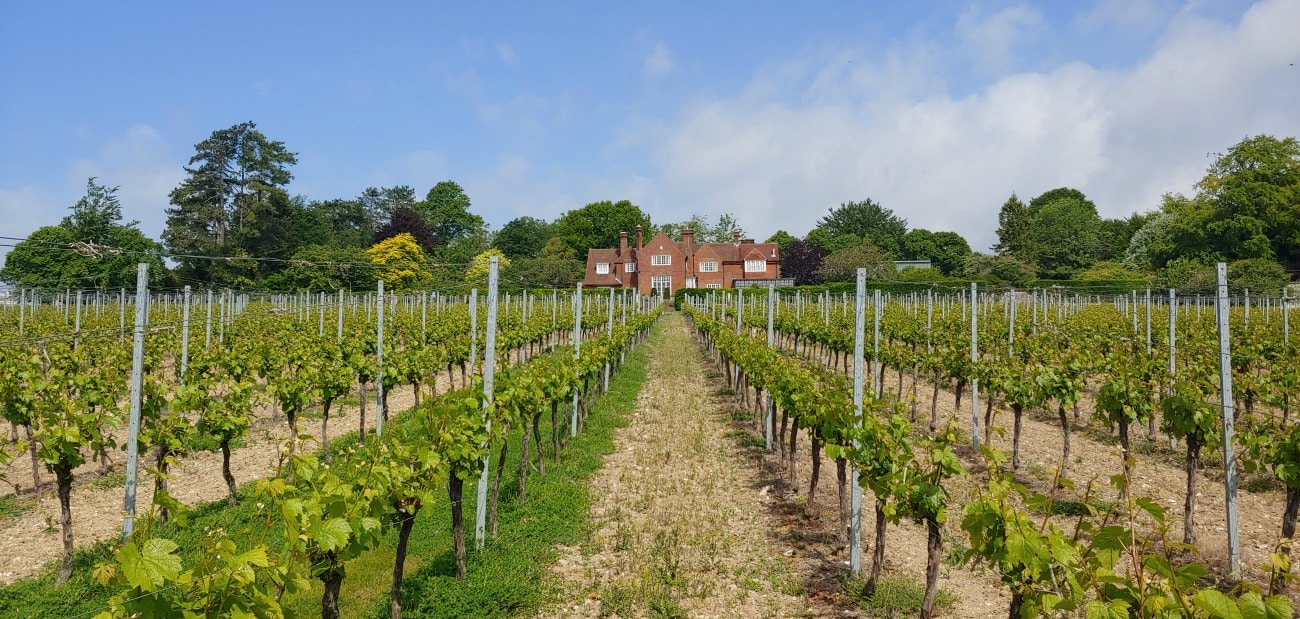The sun is blazing, not a cloud in the sky. My eyes survey the sprawling vineyards as a server hands me a glass of local bubbly. Hold on. Let’s rewind here. A glass of local bubbly? In England? The surroundings and the hot weather feel so alien and for a second I feel I’ve forgotten I’m in Hambledon, less than two hours from London, instead of in northeastern France where the vineyards fit the landscape like a glove.
“I imagine hell like this: Italian punctuality, German humor and English wine,” quipped the late actor Sir Peter Ustinov in 2008. Little did he know that more than a decade later British bubbles are all the rage. There are now more than 450 wineries producing 3.15 million bottles annually in the country. The climate of the South and Southeast England makes it a particularly popular region for growing vines, especially in Hampshire, Sussex and Kent.
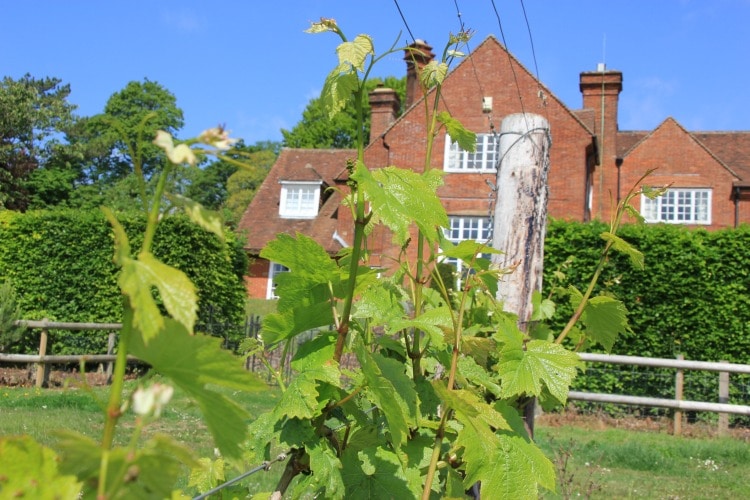
Exploring the Vineyards of England
“Geological mapping has shown that the chalky grounds in this area are identical to those in the Champagne region”, explains Lisa Eagan on a tour through Hambledon Vineyard. “In fact, the French like our soil so much they have started buying ground in the UK because there are not many affordable tracts left in France.” And considering the hefty price tag of 1.1 million euro per hectare in Champagne, the five-digit sales in Hampshire seem like a bargain.
Only 22 miles north of Hambledon lies another award-winning vineyard, Hattingley Valley. “Winemaking here is still a very young industry in which innovation is key”, says marketing manager Rebecca Fisher. “And wine tourism is definitely becoming a thing. We started partnering with other local vineyards to offer a “Cellar Door Day” once a month when we’re all open and customers can just drop in for a tasting”.
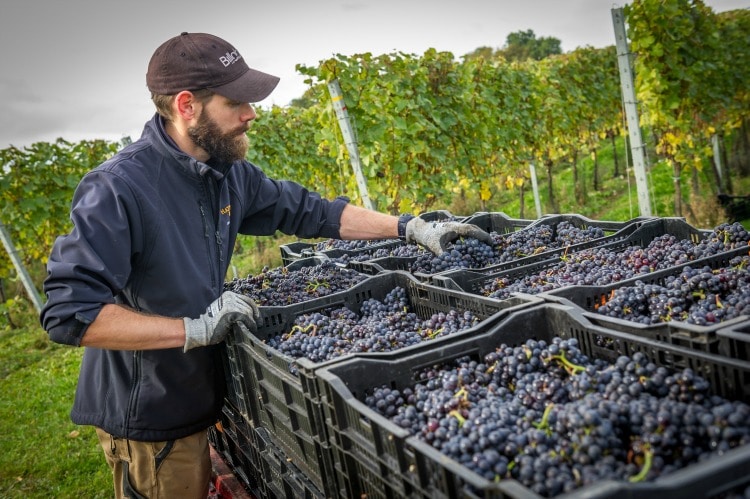
Never one to turn down a good drop I happily drink, not just sip and spit, my way through four samples of Hattingley Valley wines from the Classic Reserve (somewhat toasty flavored) to the 2014 Rosé (hints of strawberry). The pièce de résistance is the 2011 Blanc de Blanc; made from the best Chardonnay parcels, it was awarded the ‘World Champion’ trophy in the Champagne and Sparkling Wine World Championships 2017. The bubbles quickly rise not only up my nose but clearly also to my head. Before I know it, the credit card is out, swiped and the £50 bottle handed over. Ouch, but I do have a big birthday coming up.
From Bubbles to Gin
I overnight in Winchester, Hampshire’s mellow must-see capital. The historical town center is so compact I manage to see some attractions on a leisurely evening stroll. From the imposing statue of King Alfred, I walk along the River Itchen past the ruins of Wolsely Castle, then on to the town’s crowning glory, Winchester Cathedral. The final resting place of writer Jane Austen, it’s one of the longest medieval cathedrals in Europe, welcoming over 300,000 visitors a year. A stone’s throw away, the Old Vine, an 18th century Grade II listed inn, spoils me over dinner with tasty pub grub and, you guessed it, a glass of regional bubbles.
The next day I head to Laverstoke Mill to find out more about the UK’s other favorite tipple: gin. There are now more than 160 brands across the country according to the Gin Guild and whether imbibed neat, with tonic water or in a cocktail, there’s no end in sight for this love affair.
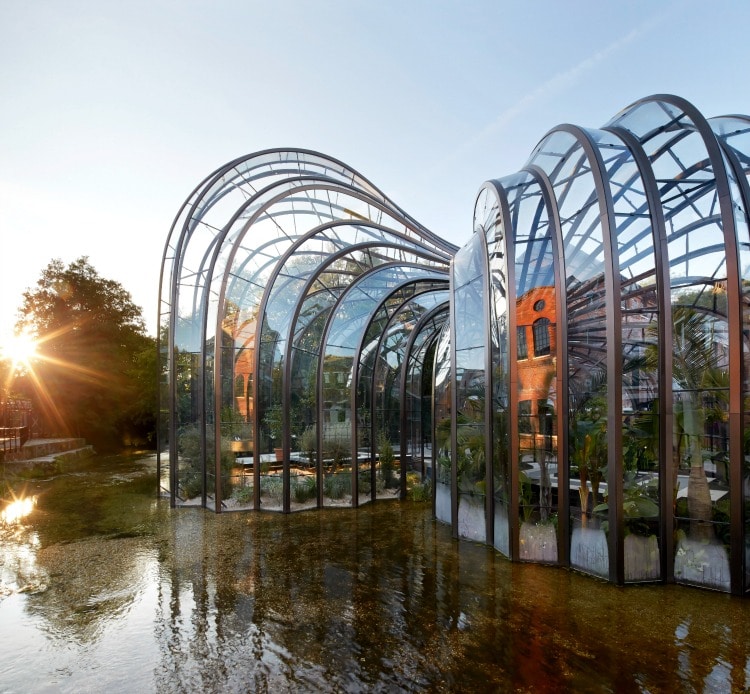
Bombay Sapphire
Just 15 miles from Winchester and 60 miles from London, Bombay Sapphire has been operating in the historical distillery since 2010. Ten botanicals are used in the iconic blue bottled gin including Cassia Bark from Indochina, Cubeb Berries from Java and Grains of Paradise from Ghana. The drink’s beginnings, however, were much simpler. In the 1400s, a distilled spirit was flavored with juniper to improve the taste and subsequently called “Genever”.
A visit to Bombay Sapphire is more than just a boozy day out. It’s a journey through the history of Laverstoke Mill, its connection to the Bank of India, and a close-up of the Vapour Infusion distillation process. Gin lovers can create their own variation in a cocktail master class. At the end of the tour, I get a complimentary G&T, stored in a little takeaway bag, as I have to drive sober to my last stop of the weekend.
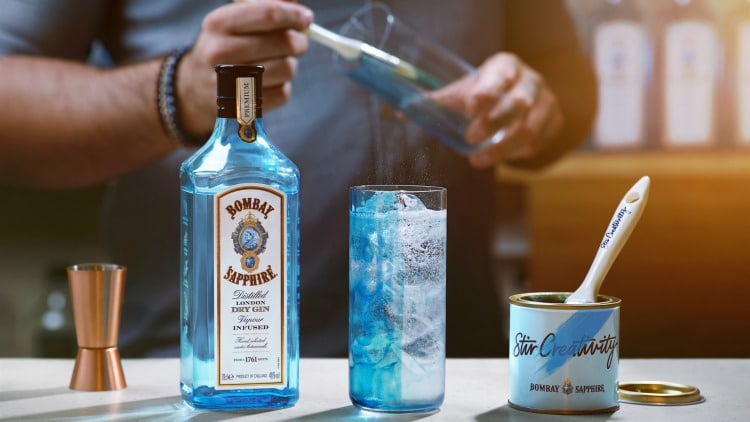
A Downton Abbey Connection
Gin has also been served in the Carnavon family for generations. Enjoyed in the “Highclere Style” for over a century, the traditional method of indulgence involves a cocktail made with gin, tonic water, a fresh orange squeeze and peel, and garnished with a sprig of rosemary.
“Juniper has grown wild on the estate since the days of the ancient Romans so it’s just like we were meant to make our own gin. We’re also using botanicals influenced by the castle’s garden including lime flower, lavender and home-grown oats,” says Hannah Gutteridge.
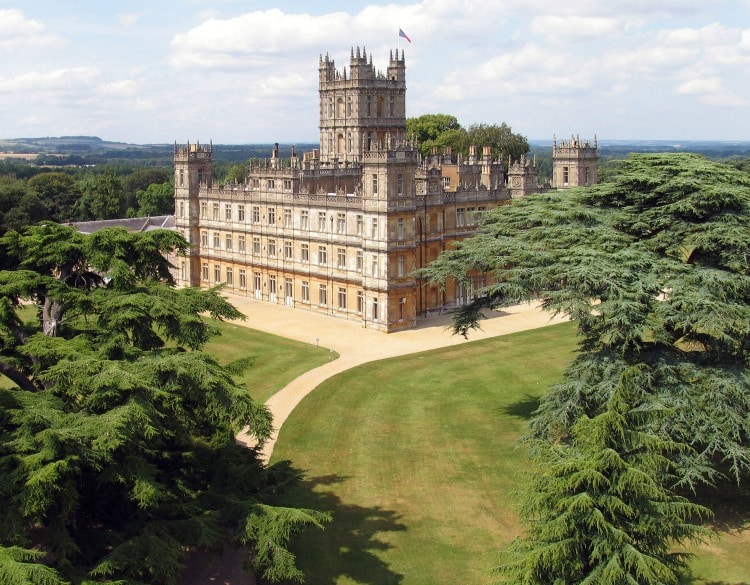
Highclere Castle, which is more prominently known as Downton Abbey, launched its own London Dry Gin in June only a few months before the lives of the Crawley family and their servants in the family’s Edwardian country house hit the big screen. No doubt, the nail-biting drama is much more enjoyable with a good G&T in hand and thanks to this latest release we can feel just a tiny bit closer to Lord and Lady Grantham.
[alert type=white]
The country code for the United Kingdom is 44.
Where to Stay:
The Wellington Arms – This award-winning country inn is located on the Wellington Estate in Hampshire. The traditionally furnished rooms were recently refurbished (Jan 2019) and the restaurant offers beautifully presented, unpretentious dishes using home-grown and local produce. Stratfield Turgis, Basingstoke, +44 1256 882214; www.wellingtonarmshampshire.co.uk
16a Winchester – Once a livery, then a dancehall, this worn out old building in the heart of Winchester has been lovingly brought to life again as a self-catered home. There are three separate rooms in the house which share the kitchen, library, lounge, and movie room. 16A Parchment St, Winchester, +44 1962 840623; www.16a-winchester.co.uk
Where to Eat:
The Old Vine – Moments away from the city center and Winchester Cathedral this traditional British inn charms with an oak-beamed bar, delicious food, and a roaring log fire in winter. There are excellent real ales and fine wines on offer as well as tasty pub food and bistro favorites like fish finger sandwiches and homemade steak and ale pies. 8 Great Minster St, Winchester; +44 1962 854616; www.oldvinewinchester.com
Rick Stein, Winchester – This restaurant, owned by the charismatic fish maestro and TV chef, brings a bit of Cornish cuisine to the heart of Hampshire. The fresh fish dishes range from battered mackerel with mayo, chilli sauce and lime to hake fish cakes with sorrel and watercress. 7 High St, Winchester; +44 1962 353535; www.rickstein.com/eat-with-us
What to Do:
Vineyards – Hattingley Valley and Hambledon Vineyard offer tours highlighting the processes involved in making English sparkling wine. Both have wine shops and tasting facilities onsite. www.hambledonvineyard.co.uk and www.hattingleyvalley.co.uk
Bombay Sapphire – Explore the distillery on a self-guided walk (with interactive map) which showcases the very best of the blue bottled gin, and the historic Laverstoke Mill building, then enjoy a complimentary drink in the bar. www.distillery.bombaysapphire.com
Highclere Castle – The estate, designed by Sir Charles Barry, architect of the Houses of Parliament, has been home of the Carnarvon family for over 300 years. For around 60 days a year, between July and September, the castle, more famously known as Downton Abbey, and gardens are open to visitors. www.highclerecastle.co.uk
Watercress Line – Let off steam and travel by vintage trains through 10 miles of Hampshire countryside. The Mid Hants Railway, also known as the Watercress Line, operates steam and heritage diesel trains between the market towns of Alton and Alresford. Especially popular are the Watercress Belle dining trains and the Real Ale Train. www.watercressline.co.uk
Chawton – Follow in the footsteps of one of England’s most famous writers, Jane Austen, in the village where she spent the last eight years of her life and did most of her work. The Jane Austen’s House Museum, where she lived, and the mansion Chawton House, home of her brother Edward, are both worth visiting. www.jane-austens-house-museum.org.uk and www.chawtonhouse.org
[/alert]

